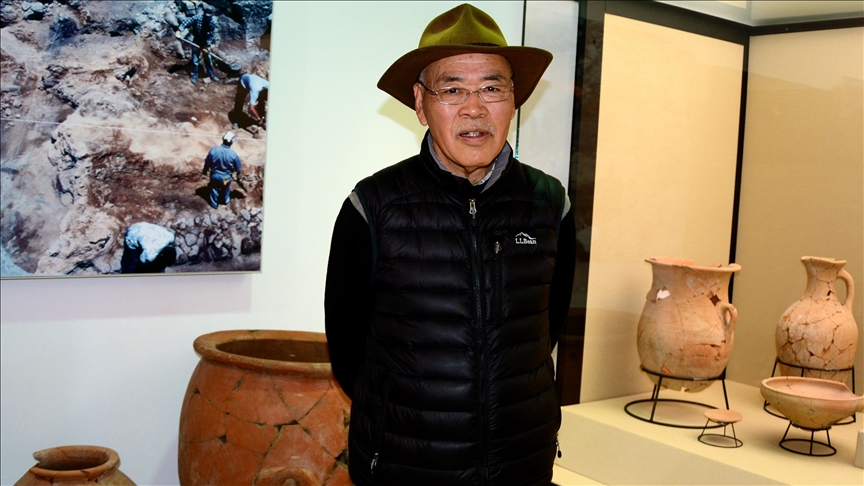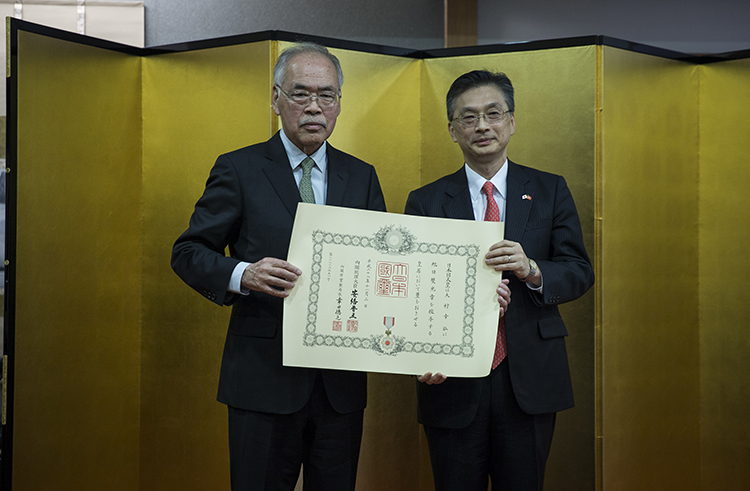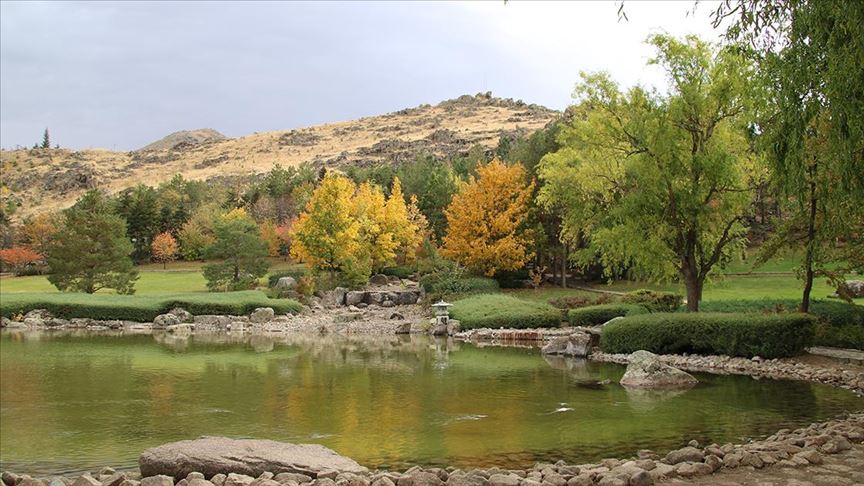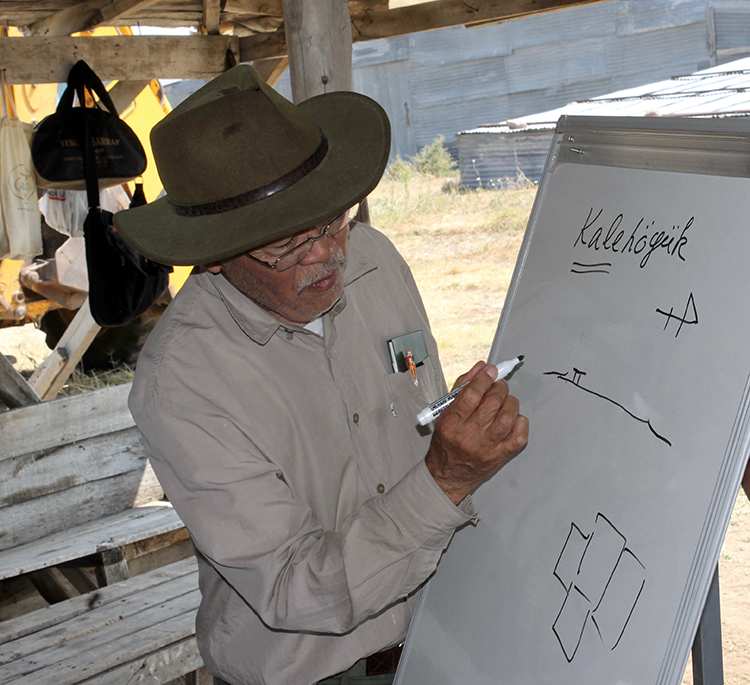One of the prominent figures in archaeological collaboration between Turkey and Japan, Japanese archaeologist Sachihiro Omura, passed away last month in Kırşehir.
Living in Turkey since 1972 and serving as the excavation director at Kalehöyük since 1985, Omura passed away at Kaman State Hospital, where he had been admitted due to illness. According to some sources, Omura was born in 1948 in Japan, while others state 1949 as his birth year.

A Life Dedicated to Anatolia
Omura first came to Turkey as a student in 1972 and devoted most of his life to uncovering the ancient history of Anatolia.
Turgut Özal Brought Him to Turkey
In an interview, Omura described how he came to Turkey:
“When I was 19, I read in Japan’s biggest newspaper Asahi that a Turkish undersecretary would visit. I was curious and went to the embassy. The doorman looked at my clothes and didn’t let me in. As I was leaving, someone ran after me and said, ‘If you’re really interested, I’ll tell you which hotel he’s staying at.’ I went there, but the doorman wouldn’t let me in either. However, he told me to write my phone number down and said we could try.
The next day, I got a call. It was Turgut Özal. He said, ‘You wrote that you want to come to Turkey. Come to the airport. I’m flying back tomorrow.’
The flight was at 5, and I had never flown before, so I didn’t know about passports or customs. I got to the airport at 5, and everyone had already left. I was devastated. A staff member looked at me and said, ‘Are you Omura?’ I asked, ‘How do you know me?’ He said, ‘Mr. Turgut Özal waited for you a long time. Why didn’t you come?’
Later, they got in touch with me, and I came to Turkey.”
Contributions to Hittite Archaeology and Kaman
Particularly interested in the Hittite period, Omura worked in Elazığ between 1973 and 1976. In Kaman, where he arrived in 1985, he helped unearth the remains of seven civilizations.
Omura was the founder and director of the Japanese Institute of Anatolian Archaeology (JIAA), established in 1998 in the village of Çağırkan. The institute became a major center for archaeological research in the region. The Kaman-Kalehöyük Archaeology Museum and the Japanese Garden Project became symbols of cultural cooperation between Turkey and Japan.

Sachihiro Omura Spent Eleven Months a Year in Turkey
In a 2015 interview with Anadolu Agency, Omura stated that he spent 11 months in Kırşehir and only 1 month in Japan each year.
He emphasized that they started excavations at Kalehöyük in 1985 after conducting surface surveys in an area previously explored by Italian and American teams. He noted they had uncovered a 5,500-year-old cultural heritage and said:
“The history of the world exists here. The Hittites are world history. Rome, Byzantium, Seljuks, the Ottomans—they all shaped world history. Studying the materials that emerge from these excavations means reading world history.
In my view, Anatolia is incredibly important. For example, I’ve excavated in Egypt, but it only has one culture. It’s not like Anatolia or Greece. Italy isn’t as rich either. Yes, there was the Roman Empire, but nothing before it. Anatolia, on the other hand, had civilizations even before the Hittites—layer upon layer of culture.”
Honors and Legacy of Sachihiro Omura
Sachihiro Omura helped strengthen mutual respect and cooperation between Japan and Turkey. In recognition of his extraordinary contributions, he received Turkey’s State Medal of Distinguished Service in 2008 and Japan’s Order of the Rising Sun.
In January of this year, to mark his 77th birthday, a book titled “It All Began with Stratigraphy and Chronology” was published. It elaborated on Omura’s contributions to Central Anatolian archaeology and his academic work in detail.

Omura lived with his wife, Dr. Masako Omura, who is also the head of excavations at Yassıhöyük, in the institute residence.
One of Omura’s lasting legacies, the Japanese Garden, can be visited near Kesikköprü Dam in Kırşehir.
May our friend rest in peace.


